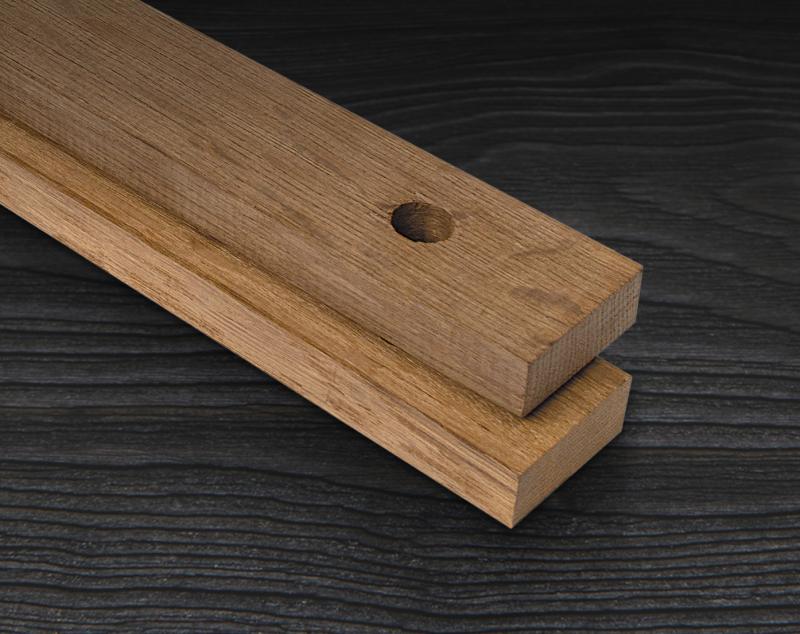News
News / 12/12/2019 / 2941
Crvenka is a town on the rim of Telečka Plateau (North Serbia). In December, it looks as if it has fallen in a hibernal sleep, with occasional passers-by in the streets rushing home from the nearby shop. Only the main street that connects cities of Sombor and Kula with the rest of Serbia is jammed with cars and trucks.
Having already built a house in the middle of the crossroads of civilizations, it is no secret that history forms a good part of our daily lives. Even so much that sometimes we go to extremes by claiming that owing to so much turbulent history, Serbs are the oldest, smartest, bravest nation...
However, during this trip to Crvenka, I realized the importance of "less talk, more action" given that action requires a lot more enthusiasm, will, ideas and vision... and some money as well.
The area surrounding Crvenka belongs to West Telečka sub-region within Telečka wine region. The entire wine region nowadays has 115 hectares of vineyards, which pales in comparison with times when viticulture flourished in this region. The borders of the sub-region follow the outlines of Telečka Plateau, which rises in relation to the surrounding plain.
As I stood in front of ancient wine cellars in Crvenka, I felt tremendously ashamed that we allowed important landmark to perish. Lack of money, vision, political will... or all together. Immediately, I think of huge sums of money that are spent arrogantly on over-the-street decorations in the squares, concerts on the streets, artificial Christmas trees and the like, all in a vain attempt to embrace the behavior of today's consumer society. On the other hand, locations like this one remain forgotten, neglected...
The town of Crvenka grew in importance in the Austro-Hungarian Empire during the colonization of the Germans in the 17th century, and later during the reign of Maria Theresa and Joseph II. At that time, due to frequent devastation and wars with the Turks, the whole region of Bačka had many abandoned estates and houses. Therefore, in accordance with the imperial policy of Germanization, the decision was made to settle the population of Germanic origin in the territory of Southern Hungary who would be loyal to the imperial authority and at the same time know how to cultivate land. For those reasons, there was a large influx of rural population from Wittemberg, Alsace, Baden, Hessen and Pfalz to this area. Following their arrival in Crvenka, agriculture becomes dominant industry, especially farming, livestock breeding and viticulture.
The importance of viticulture in the daily life of Crvenka is evidenced by the wine cellars built by the Danube Swabians from the 18th century until the period between the two world wars. There used to be 653 wine cellars scattered in the area and another 50 incorporated in foundations of farmhouses, but only some 30-40 have survived until present day... 21 wine cellar can be found in the street leading to the local cemetery, lined up on both sides of the street... and equally neglected. . There was a local initiative to restore these wine cellars and bring them to use, but unfortunately these attempts clearly failed.






Such examples of wine cellar architecture can also be found in Hungary and Romania, in all the regions once inhabited by the Danube Swabians... But, it can be done differently... Hungary is a good example of how this cultural heritage can be valorized and turned into a tourist attraction with a flock of tourists.
The heritage of Danube Swabians exists throughout Hungary. Nowadays, the memory of their culture and tradition is preserved, especially when we talk about winemaking and viticulture. In addition to Villány, where the Danube Swabians introduced Blauer Portugieser variety into local vineyards, their heritage can also be found in Tokaj, Etyek, Pannonhalma and other places.
Wine cellars in Etyek:
(photo © : Https://Webetyek.Hu/Node/205 )

Wine cellars in Tokaj:
(photo © : Https://Guideathand.Com/En/Walk/Hercegkuti-Seta )

Wine cellars in Pannonhalma:
(photo©: Http://Pannonhalma.Network.Hu/Kepek/A_kistersegunk_telepulesei/Nyuli_pincesor_2 )

___________________________________________________
This article is a result of cooperation with Hungarian website Www.Winesofa.Eu

Tomislav Ivanović
Awarded wine writer, wine critic and contributor to selected wine magazines. WSET3-certified author and editor-in-chief of www.vinopedia.rs. Member of Vojvodina Sommelier Association. Juror in national and international wine competitions. Lecturing about wines of Serbia and the Balkans. Local partner of Wine Mosaic organization. Co-founder of International Prokupac Day.

Pročitajte i druge članke iz ove rubrike:


GIUAANI - VINSKI TURIZAM NA GRUZIJSKI NAČIN
PROČITAJ VIŠE


SPASIMO STARE VINOGRADE SRBIJE
PROČITAJ VIŠE


NAŠLI SMO ANTIGONU IZ ORAHOVCA
PROČITAJ VIŠE


SRPSKO VINO KOŠTA 100 EUR - I ŠTA ĆEMO SAD?
PROČITAJ VIŠE


MOŽE LI VINO BEZ BURETA? IMA LI ALTERNATIVE?
PROČITAJ VIŠE
Winner MILLESIMA BLOG AWARD 2016

Pobednik MILLESIMA BLOG AWARD 2016
VINO & FINO wine personality of the year 2016

VINO & FINO vinska ličnost godine 2016